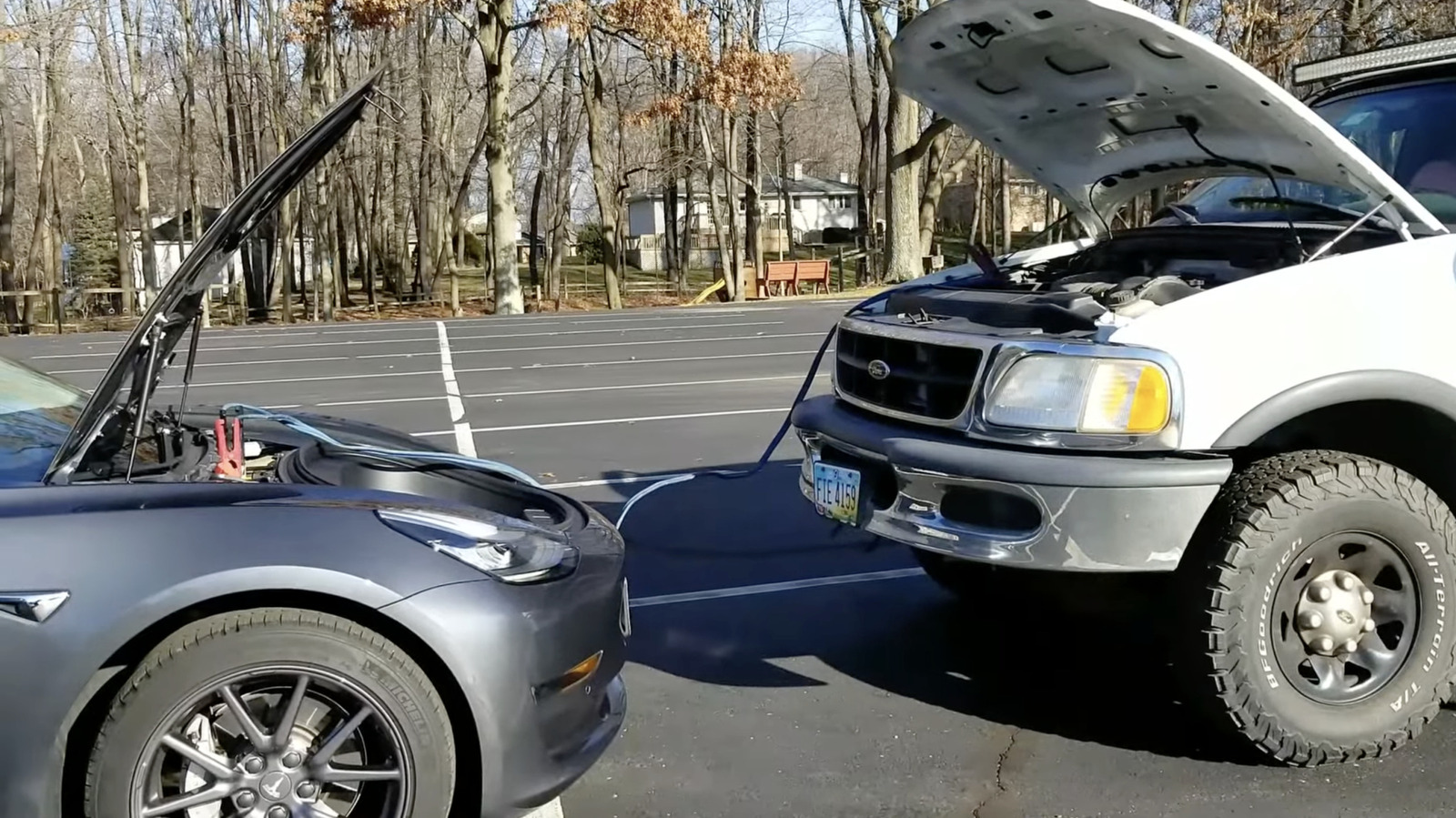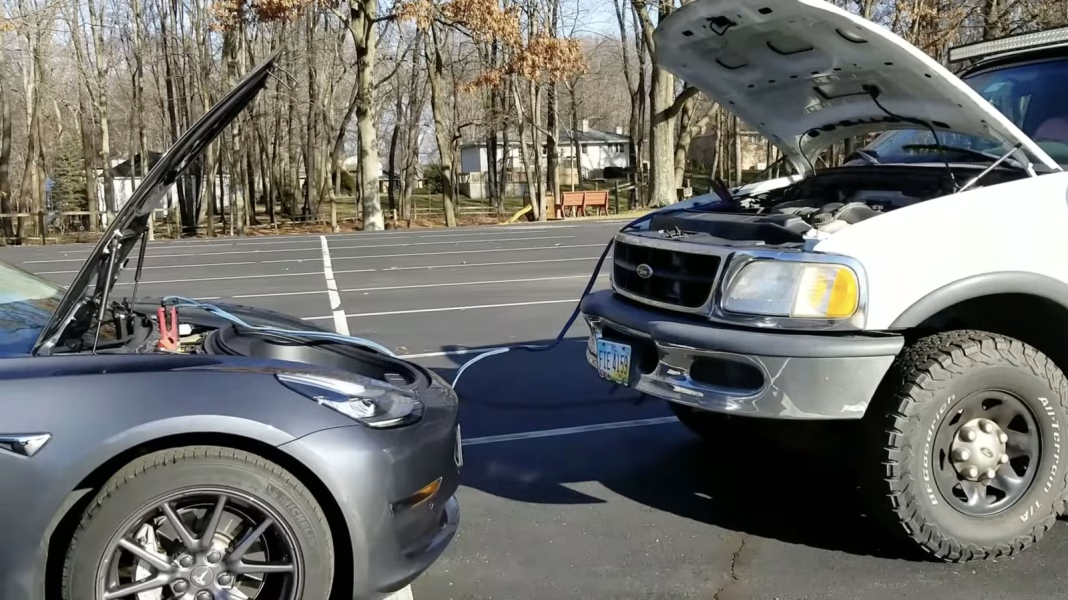Ever found yourself in a parking lot, witnessing a good Samaritan jump-starting a stranger’s car? It’s a heartwarming scene, but if you’ve ever wondered whether a Tesla can step in to save the day, you’re not alone. Let’s dive into the world of electric vehicles and their capabilities when it comes to helping out fellow drivers in need.
Can a Tesla Jump-Start a Gas Vehicle?
The short answer is yes, but with some caveats. Tesla vehicles, like many electric cars, are equipped with a 12-volt battery that powers essential systems, including lights and infotainment. This battery can indeed provide a jump-start to a gas vehicle. However, it’s not as straightforward as it is with traditional gas-powered cars.
When you jump-start a gas vehicle using a Tesla, you’re essentially using the Tesla’s 12-volt battery to provide the necessary power. This means you’ll need jumper cables and a bit of know-how. Here’s a quick rundown of how to do it:
1. **Position the Vehicles**: Park the Tesla close enough to the stranded vehicle so that the jumper cables can reach both batteries.
2. **Connect the Cables**: Attach one end of the red (positive) cable to the positive terminal of the Tesla’s 12-volt battery and the other end to the positive terminal of the gas vehicle’s battery. Next, connect the black (negative) cable to the gas vehicle’s negative terminal and the other end to a metal ground on the Tesla. This reduces the risk of sparks.
3. **Start the Gas Vehicle**: Once everything is connected, start the gas vehicle. If all goes well, it should fire up, thanks to the power from the Tesla.
4. **Disconnect the Cables**: After the gas vehicle is running, carefully disconnect the cables in the reverse order of how you connected them.
It’s important to note that while this method can work, it’s not recommended as a regular practice. The 12-volt battery in a Tesla is primarily designed for low-power tasks, and repeatedly using it to jump-start other vehicles could drain it faster than intended.
What About Charging Other EVs?
Now, if you’re wondering whether a Tesla can help out another electric vehicle, the answer is a bit different. Tesla vehicles can’t directly charge other EVs through their charging ports. However, some EVs come with a feature called “vehicle-to-vehicle charging,” which allows them to share power. Unfortunately, Tesla hasn’t adopted this feature yet.
That said, if you’re in a pinch and need to help another EV, you might consider using a portable charger or a public charging station if one is nearby. It’s a more reliable way to ensure the other vehicle gets the charge it needs without risking your own battery.
Real-World Scenarios
Imagine this: you’re at a grocery store parking lot, and you notice someone struggling to start their car. You might feel compelled to help, especially if you’re driving a Tesla. While it’s great to lend a hand, it’s also essential to be mindful of your vehicle’s capabilities.
In a recent instance, a Tesla owner shared their experience of jump-starting a friend’s gas vehicle. They were able to get the car running, but it took a toll on their Tesla’s battery. The friend was grateful, but the Tesla owner learned to be cautious about how often they’d offer this kind of assistance.
The Big Picture
So, what’s the takeaway here? While a Tesla can indeed jump-start a gas vehicle, it’s not a long-term solution for battery issues. It’s a handy skill to have in a pinch, but always consider the health of your own vehicle.
Next time you see someone in need, you’ll be equipped with the knowledge to help—just remember to do it wisely. The big takeaway? Helping others isn’t just about the action; it’s about understanding the limits of your own resources. Start with one change this week, and you’ll likely spot the difference by month’s end.


